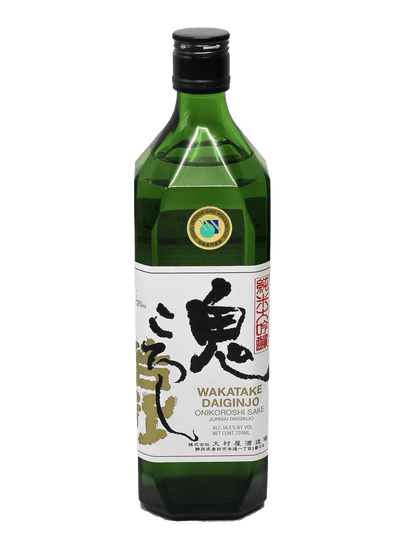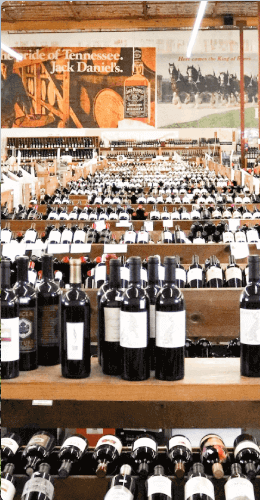Wine Tasting Terms Explained: A Beginner’s Guide

New to wine tasting? This beginner’s guide explains the 12 essential wine terms every enthusiast should know—like tannin, acidity, and body—so you can describe what you love with confidence. Learn how to explore wine like a pro with simple, fun tips from the Bottle Barn team, your go-to wine shop in California.
…….…….…….
Learning wine tasting vocabulary doesn’t just make you sound like a sommelier, it transforms how you experience every glass. Suddenly, wine becomes more than “red” or “white.” With the right words, you begin to notice layers: the zing of acidity in a cool-climate Sauvignon Blanc, the silky tannins of an aged Rioja, the way a Syrah can smell like black pepper and smoked meat. It’s not about pretension; it’s about tuning into your senses and turning a casual sip into something memorable.
Better still, tasting terms help you communicate what you love. Instead of guessing when perusing the wine shop or feeling lost in a restaurant, you can ask for something “medium-bodied with bright red fruit” or “oaky with a long finish”—and actually get it. Vocabulary becomes your passport, connecting you to new styles, smarter pairings, and wines you didn’t know how to look for. You’re no longer just drinking; you’re exploring.
Whether you’re hosting a dinner party, planning a trip to wine country, or just browsing the Bottle Barn’s vast collection, knowing how to describe what’s in your glass gives you an edge. It opens the door to discovery, deepens your appreciation, and makes wine not just a beverage—but a conversation. You already know the answer to the “best wine store near me” and after learning some basic wine terminology, you can confidently choose wine to suit your personal style.
The Top Twelve Wine Terms to Learn Now
Here are twelve of the most common and important wine tasting terms, essential for describing a wine's structure, flavor, and balance. You will find most of these terms used in wine critics’ reviews, which you can view online at the best wine store California. These terms will also give you confidence when chatting with Bottle Barn’s superb staff about which to select when you order wine—we are always here to help!
Acidity
Refers to the tartness or crispness in wine, primarily from natural grape acids. High-acid wines feel fresh and mouthwatering (like Sauvignon Blanc or Riesling). Low-acid wines can feel flat or flabby.
Tannin
Polyphenols found in grape skins, seeds, and stems (and oak barrels) that create a drying, astringent sensation. Key in red wines, tannin affects texture, structure, and ageability (e.g., Nebbiolo, Cabernet Sauvignon).
Dry
A wine with little to no residual sugar. Common in both whites (e.g., Albariño) and reds (e.g., Chianti). Misused by consumers to describe tannic wines.
Body
Describes the weight or fullness of a wine on the palate. Often linked to alcohol, sugar, and extract. Light-bodied wines (like Pinot Noir) feel lean; full-bodied wines (like Syrah or Napa Cabernet) feel rich and mouth-filling.

Complexity
Indicates multiple, layered aromas and flavors that evolve in the glass or over time. A complex wine may show fruit, spice, floral, mineral, and aged characteristics.
Structure
An umbrella term for the tactile elements in wine—acidity, tannin, alcohol, and sometimes sweetness. A well-structured wine is well-built and capable of aging.
Finish
The length and quality of the wine’s flavors after swallowing. A long, persistent finish indicates quality; a short finish suggests simplicity.
Balance
A harmony between wine’s components—acidity, sweetness, tannin, alcohol, and fruit. A balanced wine has no element overpowering the others.
Fruit-forward
Describes wines with pronounced fruit flavors dominating the aroma and palate. Common in New World wines; contrast with more earthy or savory styles.
Minerality
An often-debated term suggesting stony, chalky, flinty, or saline notes, especially in wines from limestone or schist soils (e.g., Chablis, Mosel Riesling).
Oak
Describes aromas and flavors from aging in oak barrels, such as vanilla, toast, clove, smoke, or coconut. Oak also affects texture and body.
Aromatics
Refers to the smell of a wine, including both primary (grape-derived), secondary (fermentation-related), and tertiary (aging-derived) aromas. Vital for assessing complexity and varietal character.
These twelve terms form the foundation of professional wine vocabulary. Mastery of them will enable you to communicate clearly and precisely without being pretentious or overbearing. Wine is all about enjoyment, after all!
Two Ways to Makie Learning Wine Terminology Fun
Here are two entertaining and effective ways to learn wine tasting vocabulary while actually enjoying the wine:
Host a “Blind Tasting” Game Night
Gather a few friends, cover the wine labels, and taste several bottles side by side. Use a basic tasting grid (like aroma, acidity, body, tannin, finish) and try to describe each wine aloud before revealing what they are. You’ll laugh at wildly off-base guesses (“is this cherry cola?”) but you’ll also sharpen your ability to identify and articulate common traits. Bonus: print out a list of common tasting terms as a cheat sheet—or make it competitive by awarding points for the closest descriptors. Wine, laughter, and vocabulary retention guaranteed.

Create a “Wine & Word” Pairing Night
Turn tasting into storytelling. Pick 3–5 wines and pair each with a vivid word or concept from wine vocabulary—like “crisp,” “earthy,” “full-bodied,” or “floral.” As you taste, challenge yourself and your guests to explain why a particular wine fits the word. It’s a sensory-literary mashup that encourages imaginative thinking while reinforcing actual tasting language. You’ll come away with memorable associations and a stronger grasp of how words connect to what’s in the glass.
Both methods keep things social, memorable, and grounded in real tasting experience—the most fun and lasting way to build your wine vocabulary.
Related Blogs:
Learn to be Wine Tasting Expert
How to Order Wine, Beer and Spirits for Store Pick-Up


















Leave a comment